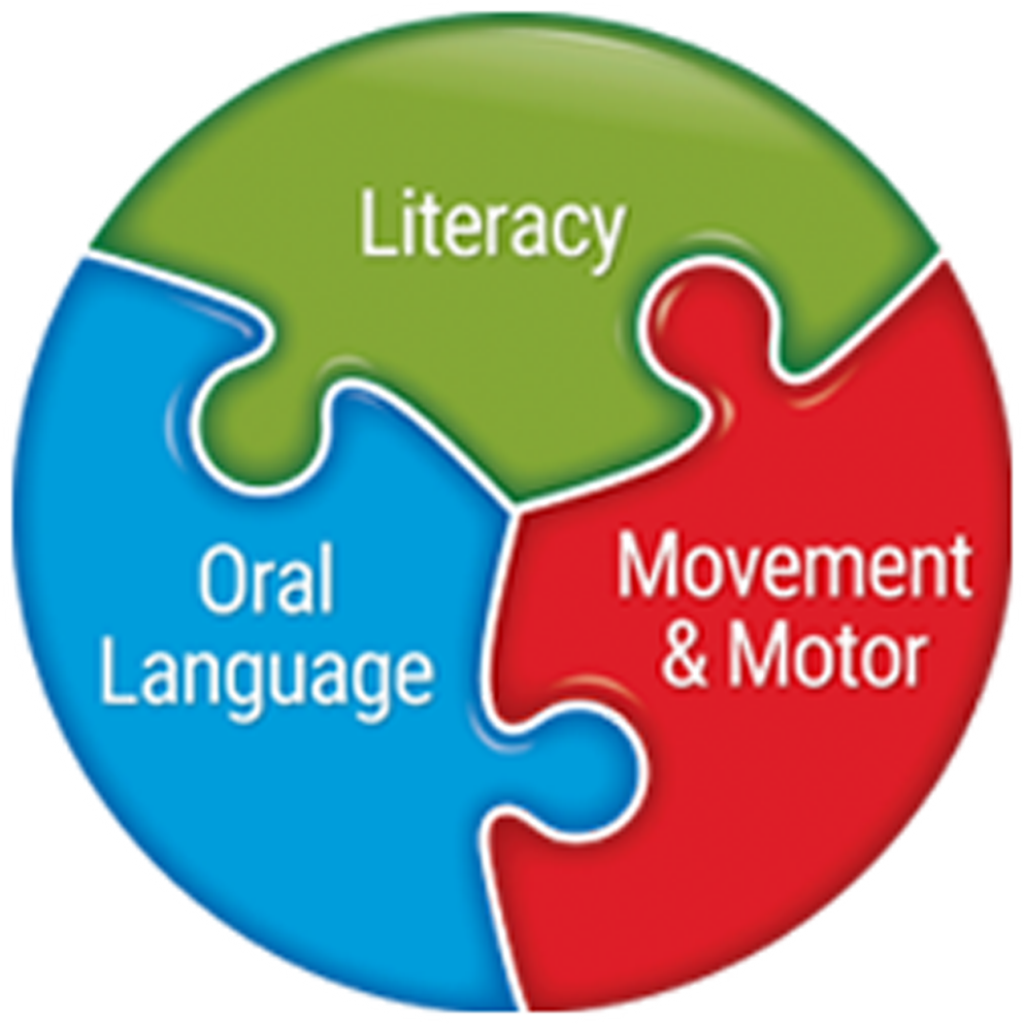Considering PLD? – Information for School Decision-Makers

PLD provides an Australian, evidence-based approach to Structured Synthetic Phonics (SSP) for primary school educators. Aligned with the Science of Reading, Our SSP approach extends from the junior primary years through to the upper primary years thereby facilitating a whole school approach.PLD’s method is derived from speech pathology, occupational therapy and education. As an award winning Australian publisher and professional development provider, we advocate that children’s literacy and learning outcomes are maximised when their Literacy, Oral Language and Movement & Motor skills are targeted.
Use the tabs below to skip ahead to the:
Quote
Aligned with the Science of Reading, PLD is an Australian evidence-based SSP program. Our programs undergo rigorous evaluations by independent researchers. These studies have revealed that when PLD programs are combined with ongoing professional development and consistent school-wide screening and tracking, measurable improvements take place. To read further on this topic link to the following publications:
- AUSPELD, The Bulletin Vol 58 (2022)
- WA Phonics Initiative (2023)
- Learning Difficulties Australia, AUSPELD & Five from Five (2024) The Reading Pledge
- Professor William Louden (2016) High Performing Schools
- Speech Pathology Australia (2011) Case Study: Tackling Indigenous Literacy in the Pilbara
For maximised literacy outcomes, we advocate for a whole school approach (e.g. EY-6), however, PLD can also be successfully implemented in a junior primary (e.g. F-2) or a middle and upper primary (3-6) setting. PLD recommends 30 minutes a day of structured phonics teaching, reading, spelling and writing skills teaching across Year 1 to 6 and 45 minutes within the Foundation school year.
View this short video to gain a quick insight into who we are and what PLD offers primary schools.
The implementation of PLD can be initiated at any point during the school year. We provide a 5 step process that is adapted to different times within a school year.
Step 1: Register for and set up the PLD tracking sheets
Step 2: Delivery of a minimum of a half day of training
Step 3: Administer and mark placement tests
Step 4: Enter results and process the PLD tracking sheets
Step 5: Contact the PLD office for further support
Click on the button below for the detailed instrtuctions linked to each commencement period in the school year.

We recognise that schools need further detailed information before being in a position to determine if PLD’s offering will be suitable to address the school’s specific needs. With this in mind we provide:
- Review the PLD Phonic Sequence and the High Frequency Word Sequence.
- A 29-minute course that decision-makers can view for free. The related School Leader Manual can be downloaded here.
- Review the downloadable Whole School Literacy Strategy Booklet, which provides an overview of the whole school process. Additional copies can also be requested for the leadership team HERE.
- Review the downloadable Teaching Sequence Manuals. Each manual provides an outline of PLD’s implementation at each specific year level.
If you have additional questions use the following link to schedule (or request) a complimentary call.




PLD offers a range of program options. Use the information above to decide which programme format is most suitable to the schools needs. By completing the form below, schools new to PLD can request implementation costs for training and essential programs. A quote will be forwarded to the email supplied (typically within 48 hours). A 30-minute consult will follow to discuss and refine the quote to suit the school’s requirements.
- Information on PLD’s training model and the training options available. Click here to download the flyer.






